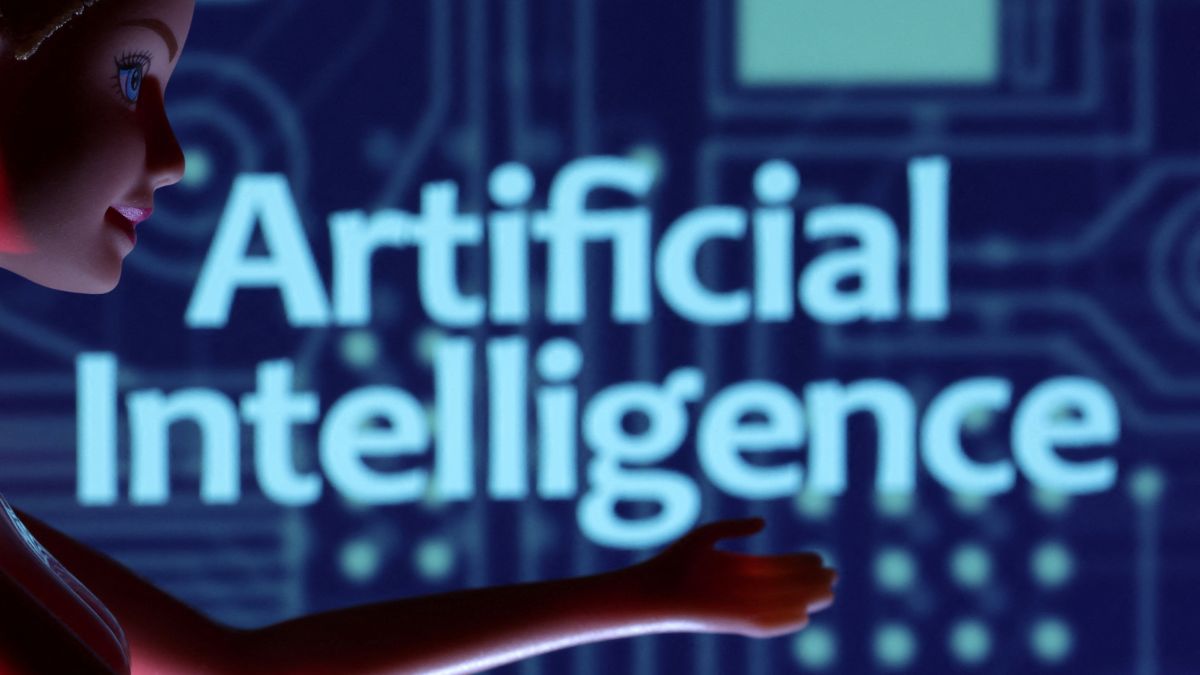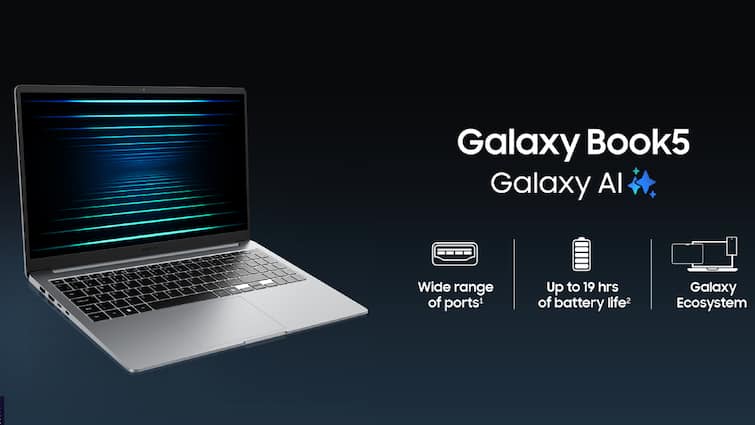A Stanford University study found a 13 per cent drop in employment among early-career workers, those between 22 and 25, in most AI-exposed jobs since late 2022, when tools like ChatGPT and Copilot began spreading widely. In contrast, the senior employees continued to benefit from their hands-on experience. So what should newbies do? here’s what the study has to say
Artificial Intelligence was once seen as a tool to take care of boring, repetitive tasks, the kind of drudgery no one really wanted to do. But in just a few years, it has grown into something far bigger.
A new study from Stanford University shows that AI is already reshaping the labour market in the United States. And it’s not hitting everyone equally: the youngest workers, those between 22 and 25 years old, seem to be facing the major brunt of it.
The research, led by renowned economist Erik Brynjolfsson, relied on high-frequency payroll data from ADP, the country’s largest payroll processor. This gave researchers a clear and real-time picture of how generative AI is influencing jobs and employment patterns.
Here’s what the study found.
AI is replacing newbies for now
The Stanford research found a 13 per cent relative drop in employment among early-career workers, those between 22 and 25, in jobs most exposed to AI since late 2022, when tools like ChatGPT and Copilot began spreading widely.
“These large language models are trained on books, articles and written material found on the internet and elsewhere,” Brynjolfsson told CBS MoneyWatch. “That’s the kind of book learning that a lot of people get at universities before they enter the job market, so there is a lot of overlap between these LLMs and the knowledge young people have.”
In contrast, older workers in more practical, hands-on professions actually saw employment rise by 6 per cent to 9 per cent. Similar patterns showed up in fields like accounting, auditing, administrative work, computer programming and even sales.
Editor’s Picks
“Older workers have a lot of tacit knowledge because they learn tricks of trade from experience that may never be written down anywhere,” Brynjolfsson explained. “They have knowledge that’s not in the LLMs, so they’re not being replaced as much by them.”
This trend also mirrors reports from investment banks like Goldman Sachs and Bank of America, which note that the economic edge of having a college degree is fading in AI-heavy industries, leaving many fresh graduates struggling to stand out in the job market.
Also read: Is ChatGPT responsible for American teen’s suicide as his parents allege?
What can youngsters do?
Stanford’s report isn’t all doom and gloom. Researchers found that employment is growing in professions where AI is used to augment workers rather than automate their tasks.
Take, for example, employees who use AI to research a topic or double-check their work after completing it. These workers tend to be less at risk than those who hand over entire tasks to AI tools.
For Brynjolfsson, this distinction is crucial. “I think it’s fair to say that technology has always been destroying jobs and always been creating jobs,” he said. “If we want to create not just higher productivity, but widely shared prosperity, using AI to augment and not just automate work is a good direction to go.”
Experts echo this view. Many, including AI-focused CEOs, argue that workers who learn to blend their skills with AI, rather than fight against it, stand the best chance of staying relevant in fast-changing industries.
Also read: How teens turning to AI for companionship is harming them
And while many fear AI could spark a collapse in wages, the study finds that salaries across age groups have remained largely stable. The bigger challenge, especially for new entrants, is fewer job openings rather than falling pay.
For young job seekers, the message is clear: don’t try to outrun AI, learn to run alongside it.
With input from agencies
End of Article

)

